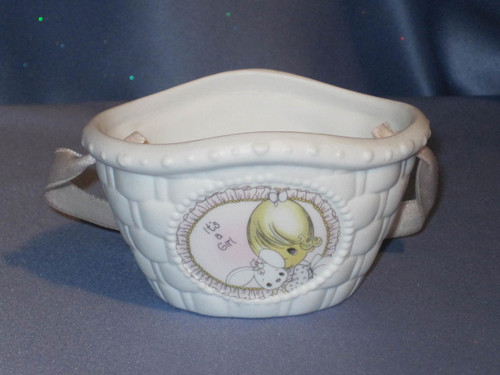Baskets
A basket is a container which is traditionally constructed from stiff fibers, which can be made from a range of materials, including wood splints, runners, and cane. While most baskets are made from plant materials, other materials such as horsehair, baleen, or metal wire can be used. Baskets are generally woven by hand. Some baskets are fitted with a lid, others are left open.
History of "basket": Prior to the invention of woven baskets, people used tree bark to make simple containers. These containers could be used to transport gathered food and other items, but crumble after only a few uses. Weaving strips of bark or other plant material to support the bark containers would be the next step, followed by entirely woven baskets. The last innovation appears to be baskets so tightly woven that they could hold water.
Depending on soil conditions, baskets may or may not be preserved in the archaeological record. Sites in the Middle East show that weaving techniques were used to make mats and possibly also baskets, circa 8000 BCE. Twined baskets date back to 7000 BCE in Oasisamerica. Baskets made with interwoven techniques were common at 3000 BCE.
Baskets were originally designed as multi-purpose baskets to carry and store and to keep stray items about the home. The plant life available in a region affects the choice of material, which in turn influences the weaving technique. Rattan and other members of theArecaceae or palm tree family, the thin grasses of temperate regions, and broad-leaved tropical bromeliads each require a different method of twisting and braiding to be made into a basket. The practice of basket making has evolved into an art. Artistic freedom allows basket makers a wide choice of colors, materials, sizes, patterns, and details.
The carrying of a basket on the head, particularly by rural women, has long been practised. Representations of this in Ancient Greek art are called Canephorae.


